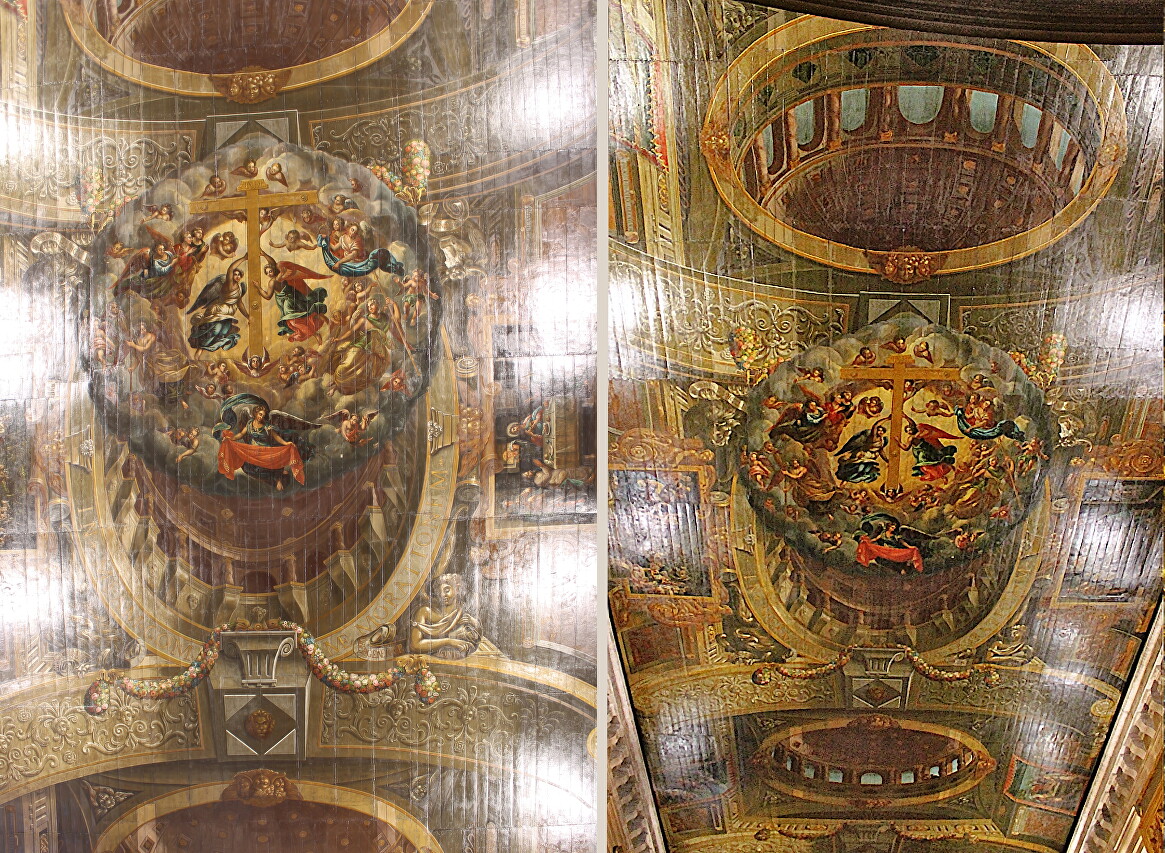Сhurch of Staint Roch
A block south of the San Pedro de Alcantara Garden, Largo Trindade Coelho is home to one of the world's oldest and Portugal's first churches of the Society of Jesus, better known as the Jesuits (Igreja de São Roque). The church was built in the 16th century and belonged to the order for more than 200 years, until the expulsion of the Jesuits from Portugal. It is one of the few buildings that survived the earthquake of 1755.
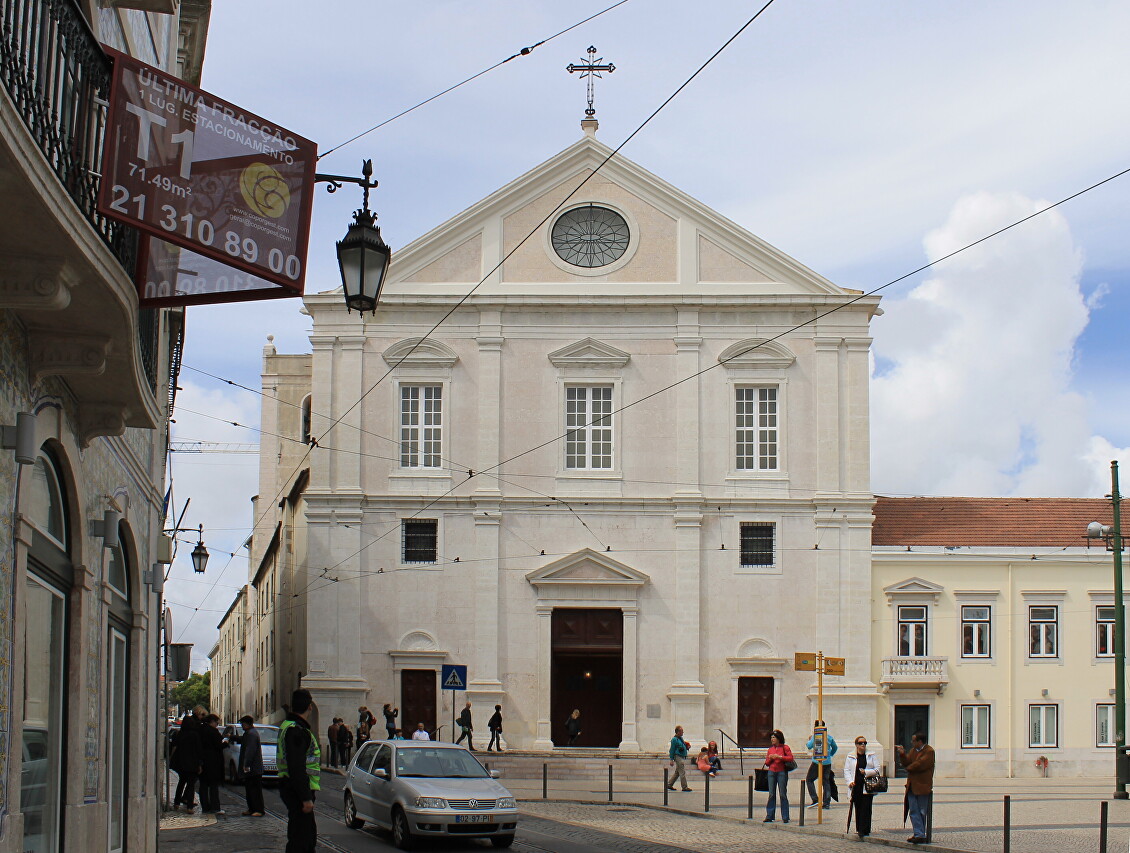
In 1505, Lisbon was hit by a plague brought on a merchant ship from Italy. The calamity was of such magnitude that the royal family and the highest state authorities were forced to leave the city. Thousands of the dead were taken outside the city walls to the San Roque area, now known as Bairro Alta, where a cemetery was built. Hoping for the mercy of God, King Manuel I sent messengers to Venice to collect the relics of Saint Roch, who became the patron saint of those who died of the plague after the epidemic of 1485. The relic was brought to Lisbon in March 1506 and the construction of a chapel was started to place it on the burial site, but it was delayed for almost a decade. On February 25, 1515, the chapel was consecrated in the name of Saint Roch, at the same time the society of trustees of the Brotherhood of Saint Roch was established, which included representatives of all city classes. This society still exists today.

In 1540, at the invitation of King João III, the first Jesuits arrived in Lisbon, forming a parish in the Hospital of All Saints in Rossio Square, later in the college of Santo Antana (now the Hospital of San Jose). In search of a permanent home, the brotherhood petitioned the King to give them the chapel in the plague cemetery. In 1653, Joao III granted the request, with the condition of erecting a large church on this site. The King wanted to see the building in accordance with the Tridentine principles, which preach simplicity and functionality. The Jesuits began construction in 1555, which was carried out by the court architect Alfonso Alvares. After his death, the construction was managed by his nephew, Baltasar Alvares. The work was completed in 1619.
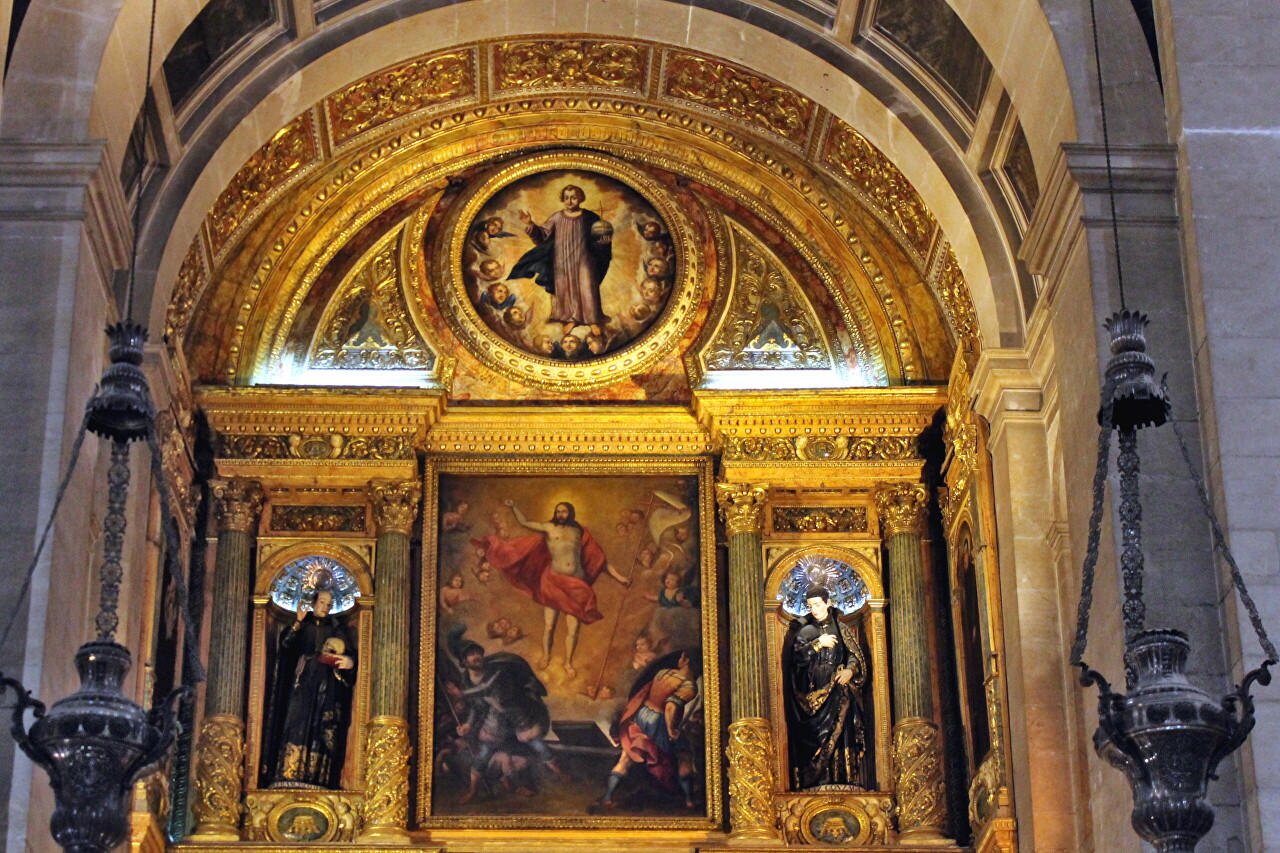
In the 1750s, persecution of the Jesuits began, in 1759, the Prime Minister Pombal accused the order of involvement in an attempt on the king's life, and its adherents were expelled from Portugal. In 1768, the building was transferred to one of the parishes whose church was destroyed by the Great Earthquake of 1755.
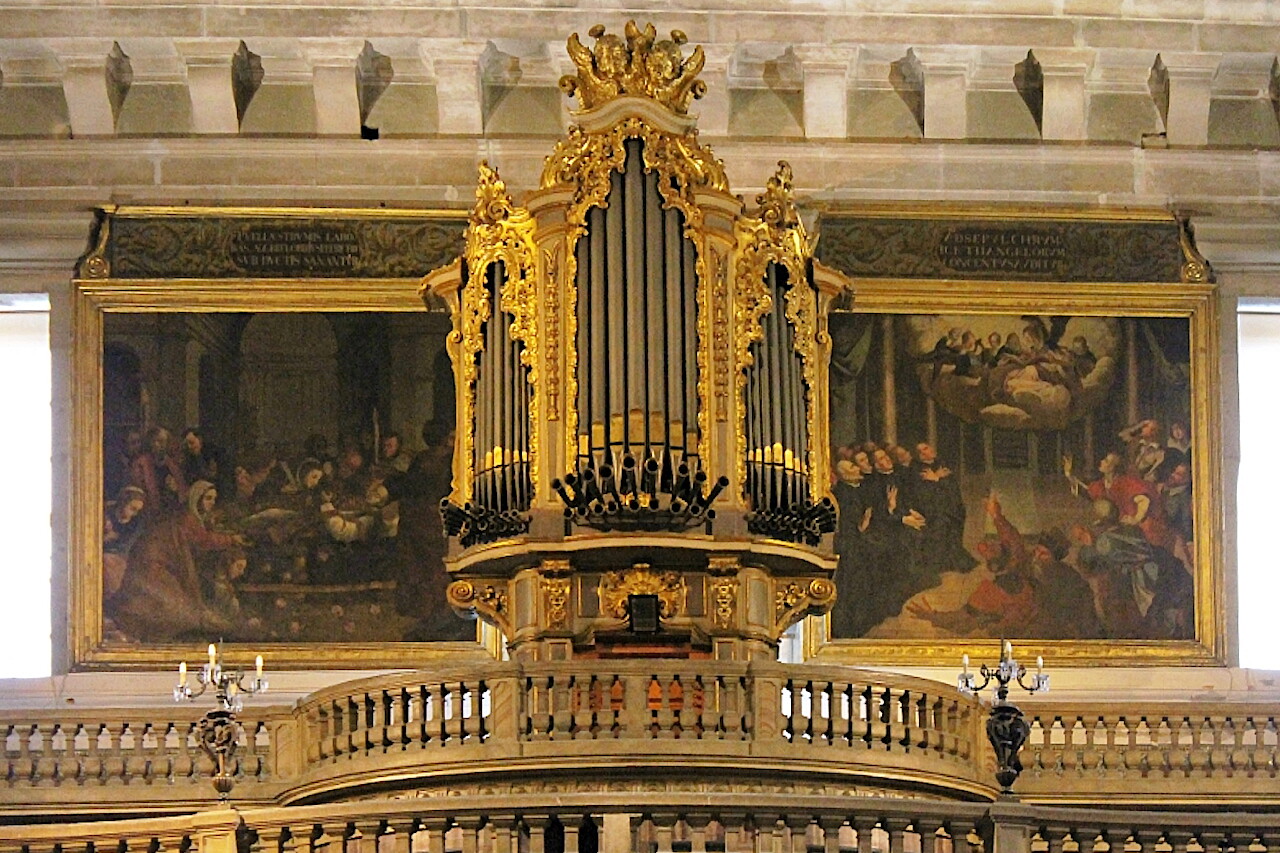
The architecture of the church is characterized by a modest exterior, with simple rectangular shapes and spacious rooms, and lush interior decoration. This style is called "Jesuit". The interior is decorated with precious wood, marble, and ivory.
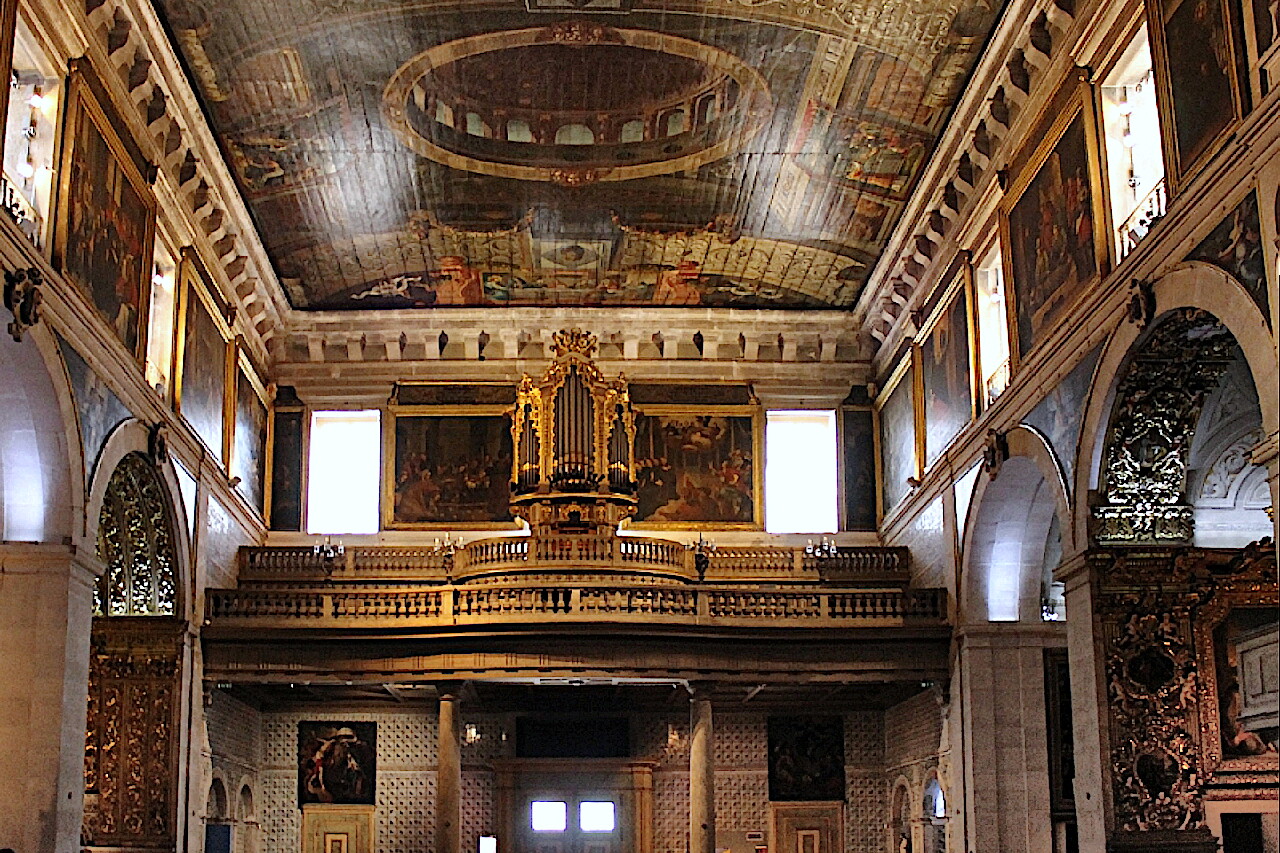
The Chapel of St. Roca is located on the site where the altar of the chapel was built in 1515. The wooden sculpture was made in the 17th century.
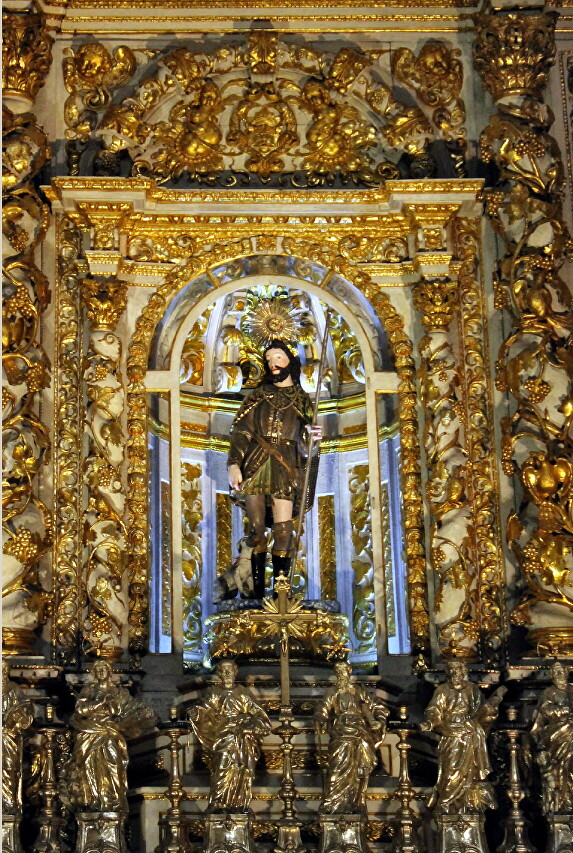
There are four chapels on each side of the nave. The Chapel of the Most Holy Sacrament was built in the middle of the 17th century and is decorated in the Baroque style. Originally it was named after the Mother of God.
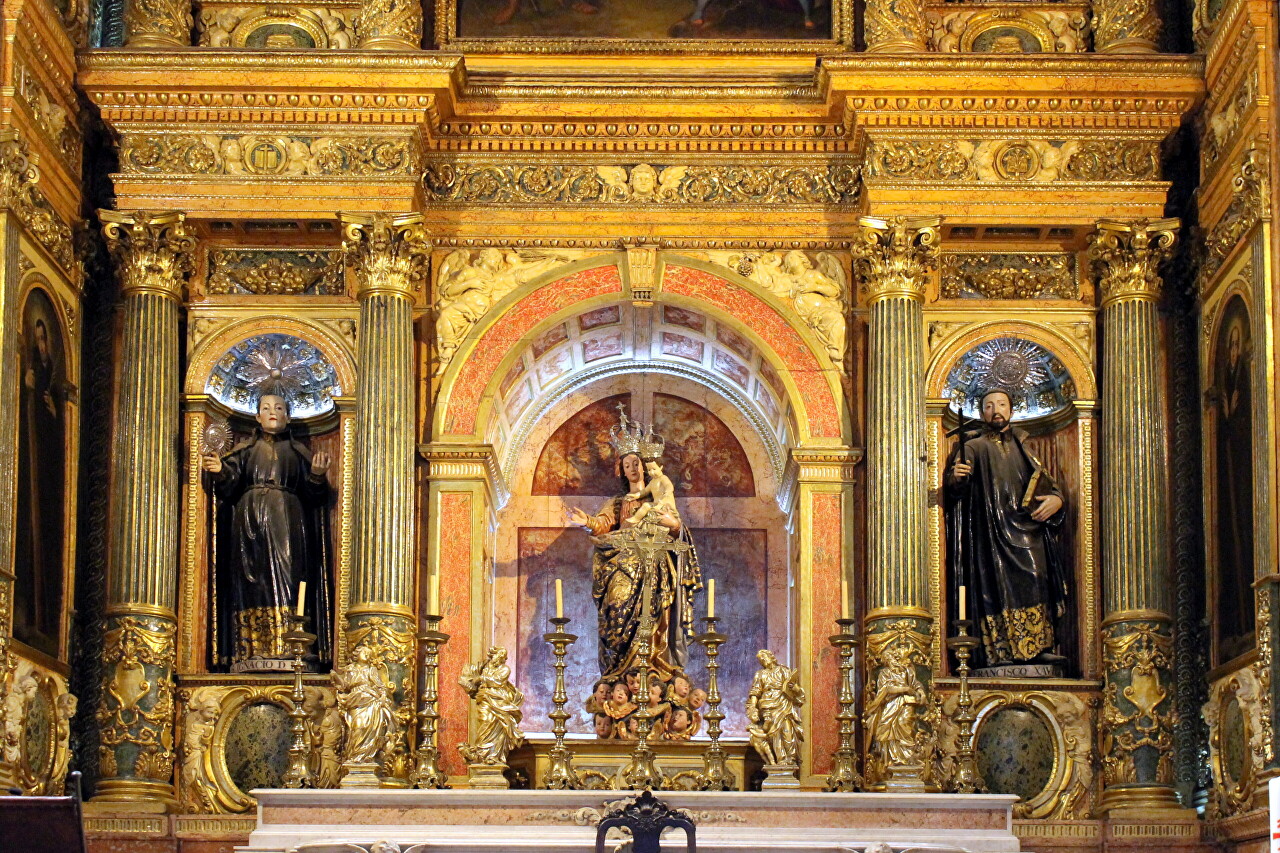
The main artistic value of the church is the wooden ceiling, which was painted in 1684-1686. This is the work of Francisco Venegas, the personal painter of King Filipe I.
